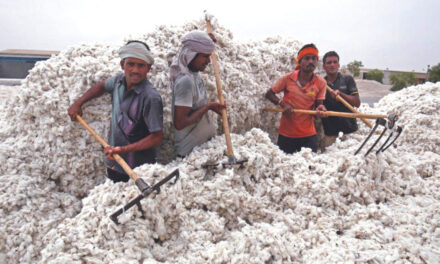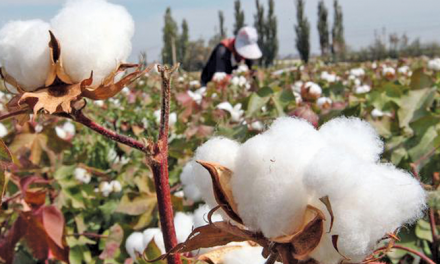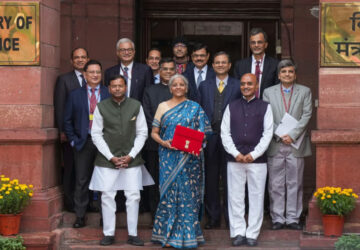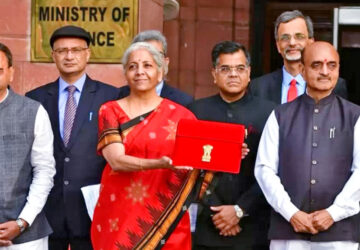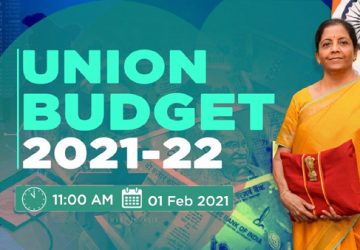 Fitch Solutions recently raised India’s fiscal deficit forecast to 3.6 percent of the gross domestic product (GDP) for the current fiscal from the earlier 3.4 percent due to weak revenue collections resulting from sluggish economic growth and government’s sweeping corporate tax rate cut. Fitch has revised the forecast as revenue collection is likely to fall far short of the projections in the 2019-20 Budget due to weak collections in Goods and Services Tax (GST).
Fitch Solutions recently raised India’s fiscal deficit forecast to 3.6 percent of the gross domestic product (GDP) for the current fiscal from the earlier 3.4 percent due to weak revenue collections resulting from sluggish economic growth and government’s sweeping corporate tax rate cut. Fitch has revised the forecast as revenue collection is likely to fall far short of the projections in the 2019-20 Budget due to weak collections in Goods and Services Tax (GST).
The textile industry is still going through a tough time. The fall in demand and decline in production rate is severely affecting textile mills. Many factories have closed in the last few months and those running are functioning at 50- 70 per cent capacity. The trend is being attributed to reduced purchasing power and government policies after GST implementation.
To boost the industry govt. is mulling over the idea of setting up around 10 integrated mega parks near ports to attract more Foreign Direct Investment (FDI), according to Textile Secretary Ravi Capoor, who recently said that there has been a ‘very good response’ from State Governments on the idea. Further Capoor may lead a delegation of manufacturers to Bangladesh soon to request the country to source fabric from India, as it cannot unilaterally impose a fabric forward policy with the neighbouring nation as it is not covered under the South Asian Free Trade Area (SAFTA). There are serious issues regarding India’s export competitiveness and the fear of free trade agreements essentially comes down to the fact that India is losing in domestic garment sector.
Meanwhile, the clothing industry has welcomed the Hon’ble Prime Minister’s decision not to join the Regional Comprehensive Economic Partnership (RCEP), which will bring relief to thousands of small manufacturers and traders. However, even within the textile value chain, some would have benefited and others loosing.
 Fitch Solutions recently raised India’s fiscal deficit forecast to 3.6 percent of the gross domestic product (GDP) for the current fiscal from the earlier 3.4 percent due to weak revenue collections resulting from sluggish economic growth and government’s sweeping corporate tax rate cut. Fitch has revised the forecast as revenue collection is likely to fall far short of the projections in the 2019-20 Budget due to weak collections in Goods and Services Tax (GST).
Fitch Solutions recently raised India’s fiscal deficit forecast to 3.6 percent of the gross domestic product (GDP) for the current fiscal from the earlier 3.4 percent due to weak revenue collections resulting from sluggish economic growth and government’s sweeping corporate tax rate cut. Fitch has revised the forecast as revenue collection is likely to fall far short of the projections in the 2019-20 Budget due to weak collections in Goods and Services Tax (GST).

